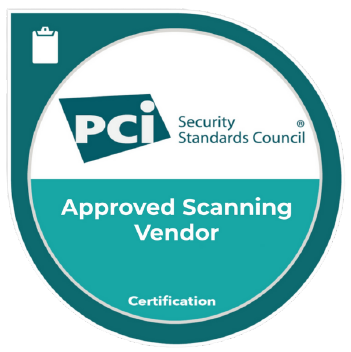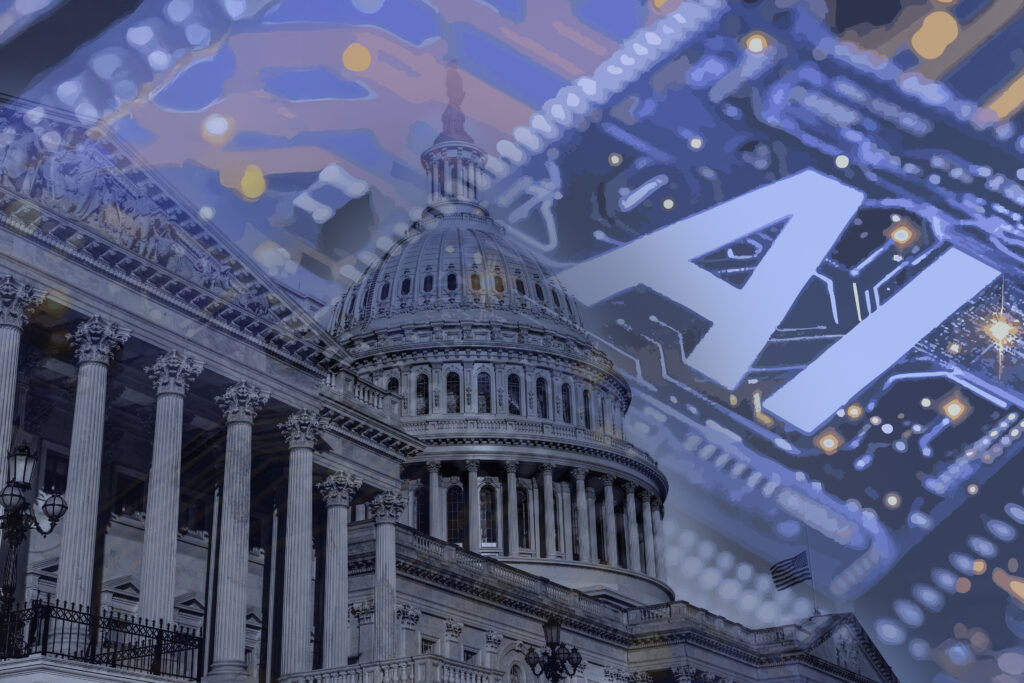
Today’s interconnected digital world reveals that an organization’s cybersecurity depends on its most vulnerable element, which often exists outside company walls. Third-party vendors, together with suppliers, contractors, and partners, create complex dependencies that attackers regularly target because of existing vulnerabilities. The CISO, as the leader of the organization’s cybersecurity efforts, now plays a crucial role in supply chain risk management. This role represents both mandatory compliance and essential enterprise resilience needs.
The New Face of Supply Chain Threats
Recent attacks on zero-day vulnerabilities within popular software components have joined the SolarWinds and MOVEit incidents. Threat actors have modified their attack methods by launching attacks against third parties with weaker security defenses to gain entry into better-protected organizations. The evolving nature of threats requires organizations to move their risk management beyond traditional perimeter defense toward more extensive proactive security measures.
The rise of Anything as a Service (XaaS) and open-source components, together with supply network globalization, makes third-party risk management more difficult. Every enterprise today depends on hundreds to thousands of external partners who get access to sensitive information and system resources and code repositories.
Key Challenges in Third-Party Risk Management
CISOs encounter various ongoing obstacles when implementing supply chain protection measures.
1. Many organizations fail to obtain complete information about their third-party relationships and the specific data access rights their entities possess.
2. Vendor assessment procedures are frequently manual and isolated. They are restricted to initial onboarding phases without follow-up assessments for evolving risk profiles.
3. The changing threat environment introduces complex assessment challenges because of AI-based phishing attacks, deepfake impersonations, and state-sponsored cyberattacks.
The regulatory framework has become more demanding because of NIS2 (the Network and Information Systems Directive II), GDPR (the General Data Protection Regulation), and the SEC’s new cybersecurity disclosure requirements which enforce enhanced monitoring and reporting of third-party security risks.
A CISO’s Playbook: Strategies for Securing the Supply Chain
CISOs need to incorporate cybersecurity into vendor management life cycles, which include vendor selection and onboarding, followed by continuous observation and vendor termination. The following strategic pillars will direct this transformation process:
1. The company needs to implement a Third-Party Risk Management (TPRM) framework.
The TPRM program should contain formalized procedures that include:
- The framework should classify vendors into two risk groups (critical and non-critical).
- The security questionnaires follow the standards of NIST, ISO 27001, and SOC 2.
- The TPRM program should integrate with procurement and legal operational workflows.
2. Continuous Monitoring and Threat Intelligence
Point-in-time assessments are no longer sufficient. Continuous monitoring tools and cyber threat intelligence feeds should be used to:
- Detect signs of vendor compromise
- Determine if there is shadow IT or unauthorized connections present.
- Real-time vulnerability management is required to detect new vulnerabilities.
3. Zero Trust Architecture (ZTA)
- Third-party access requires the implementation of Zero Trust principles.
- Every user should receive the minimal permissions needed for their role.
- Implement micro-segmentation
- Monitor all network traffic and user behavior analytics (UBA)
4. Contractual and Legal Safeguards
The vendor agreements need to incorporate the following elements:
- Vendors must meet both cybersecurity standards and data protection regulations.
- Breach notification timelines
- Right to audit clauses
The terms need to be checked and revised at regular intervals to match current security threats, together with emerging regulations.
5. Vendor Incident Response Integration
Third parties need to integrate into your organization’s incident response procedures. This includes:
- Clear communication channels
- Shared escalation paths
- Joint tabletop exercises
The collaboration during a crisis shortens the response period while minimizing potential damage.
6. Culture and Training
Cyber risk is not just a technical issue. The procurement department, legal staff, compliance experts, and business personnel need training to identify and report third-party risks. All individuals who make decisions about vendors should receive cybersecurity training.
The Road Ahead
Supply chain security is not a future concern, but a pressing issue for boardrooms today. As digital ecosystems expand and attackers become more sophisticated, regulatory oversight intensifies. The CISO’s role is to create a risk-oriented environment that treats third-party security as a business necessity.
Call to Action
Your organization needs to establish preparedness for the upcoming supply chain cyber threat. It also needs to assess its third-party risk management program at this moment. Your vendor ecosystem requires a complete audit, as your organization should invest in monitoring tools and adopt NIST CSF 2.0 and ISO/IEC 27036 frameworks.
Implementing proactive security measures in your supply chain is not just a response to a potential breach, but a way to reveal and address vulnerabilities before they become a problem. Remember, the best defense is a proactive offense.
Remember, you’re not alone in this. AccessIT Group’s team of cybersecurity experts is here to offer consultation services, helping you establish robust TPRM programs and modernize your cybersecurity strategies. We provide customized consultations based on your industry needs and risk exposure profile, ensuring you have the support you need.
By: John August Otte – Senior Cybersecurity Consultant – C|CISO | CISSP | CISM | CISA






